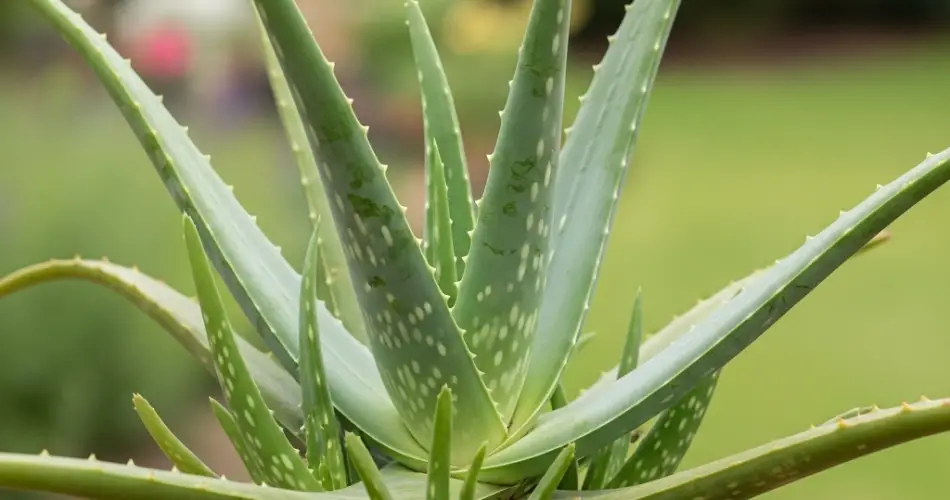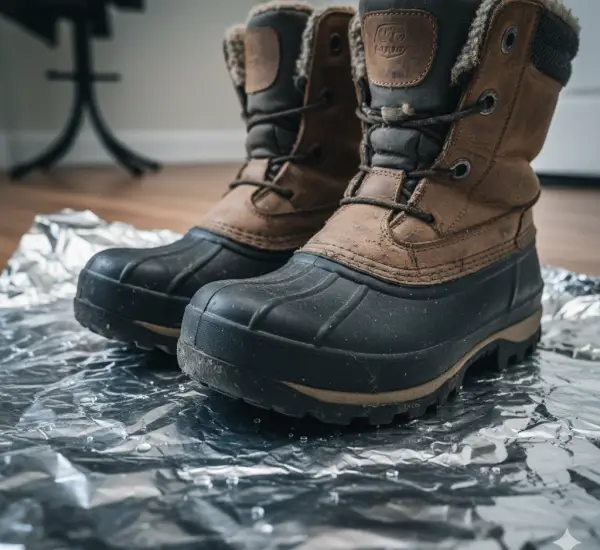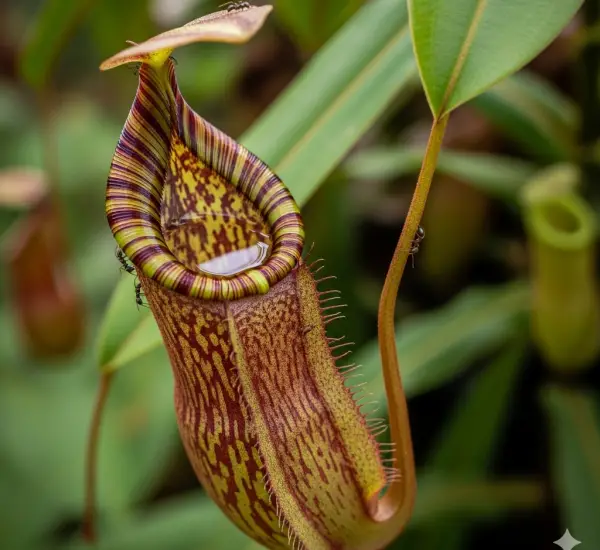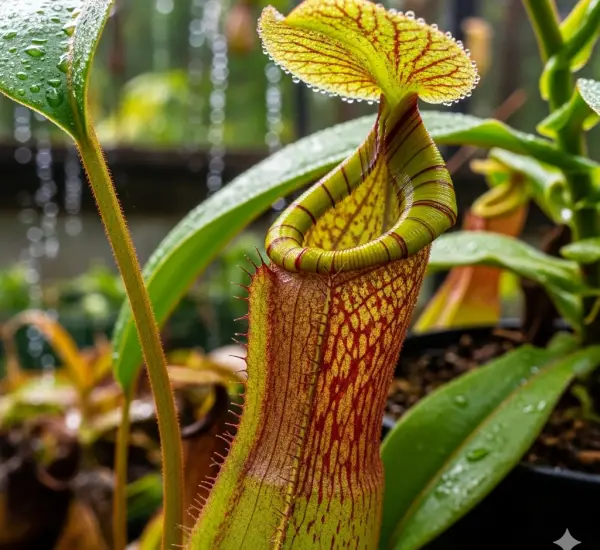Aloe vera, also known as sábila or acíbar, is one of the most popular and beneficial succulents in the world. Known for its medicinal gel and hardy nature, this plant is not only attractive but also useful. Whether grown in pots or directly in the garden, aloe vera is easy to care for if you follow a few key principles. This article outlines everything you need to know to keep your aloe healthy, vibrant, and productive.
Why Aloe Vera Is So Special
Aloe vera is a succulent native to arid regions, and it stores water in its thick, fleshy leaves. This water-retaining ability makes it an excellent plant for hot, dry climates or for people who tend to forget to water regularly. But aloe vera isn’t just about low maintenance — it’s prized for its gel, which is used to treat burns, minor wounds, skin irritations, and even as a component in homemade cosmetics.
Best Location for Aloe Vera
Aloe vera loves sunlight. For optimal growth, place the plant where it can receive at least 6 hours of direct sunlight per day. If grown indoors, a south-facing window is ideal. Without sufficient light, the plant may become leggy, pale, and weak.
In extremely hot climates, however, aloe can get sunburned. If you notice reddish or brownish spots on the leaves, it might be receiving too much direct sun. In this case, move it to a spot with filtered light or partial shade during peak afternoon hours.
Soil and Potting Requirements
Aloe vera must be planted in well-draining soil. Use a cactus or succulent mix, or make your own by combining standard potting soil with sand or perlite. Drainage is critical — aloe roots will rot quickly in waterlogged soil.
Choose a pot with drainage holes at the bottom. Terra cotta pots are an excellent choice, as they allow the soil to dry out more quickly and prevent overwatering.
Watering Aloe Vera
One of the most common mistakes with aloe is overwatering. Since it’s a drought-tolerant plant, aloe prefers dry conditions. Only water when the top two inches of soil are completely dry.
In general, watering once every 2 to 3 weeks is enough, though this can vary depending on your climate and whether the plant is indoors or outdoors. In cooler months, reduce watering even further, as the plant enters a dormant state.
Signs of overwatering include:
-
Mushy, soft leaves
-
Yellowing or browning
-
Root rot
If this happens, remove the plant from its pot, let the roots dry for a day or two, and repot it in fresh, dry soil.
Feeding and Fertilizing
Aloe vera doesn’t need frequent fertilization. You can feed it once or twice a year during spring or summer using a balanced, diluted liquid fertilizer or a specific cactus/succulent fertilizer. Avoid over-fertilizing, as this can damage the plant and reduce the potency of the gel.
Pruning and Harvesting Aloe Gel
To harvest the aloe gel, use a clean knife or scissors to cut an outer, mature leaf close to the base. These are the oldest leaves and contain the most gel. Let the yellow sap (aloin) drain from the cut end for a few minutes — this latex is a natural laxative and may irritate sensitive skin.
Once drained, you can slice open the leaf and scoop out the clear inner gel. Store it in the refrigerator for up to a week or freeze it in cubes for long-term use.
Avoid cutting more than one or two leaves at a time, especially from young plants.
Repotting and Propagation
Aloe vera produces pups or offshoots — baby plants that grow from the base. These can be separated and replanted to propagate new plants.
To propagate:
-
Wait until pups have a few leaves and their own roots.
-
Gently remove them from the mother plant.
-
Let the roots air dry for a day before planting.
-
Replant in small pots with cactus soil and water sparingly.
You should also repot your aloe vera every 2–3 years to refresh the soil and give the roots more room.
Common Issues and Solutions
-
Brown Tips: Often caused by underwatering, low humidity, or salt buildup. Trim the tips and flush the soil with clean water.
-
Leggy Growth: A sign of insufficient light. Move the plant to a sunnier location.
-
Pests: Aloe is generally pest-resistant, but can occasionally attract aphids or mealybugs. Treat infestations with a gentle insecticidal soap or neem oil.
Final Thoughts
Aloe vera is a resilient and rewarding plant that fits beautifully into any indoor or outdoor garden. With the right care, it will not only thrive but also provide healing benefits year-round. Its low-maintenance nature makes it ideal for beginners, while its practical uses make it a favorite among seasoned gardeners. Give it sun, well-draining soil, and a little attention, and this amazing succulent will flourish for years.



